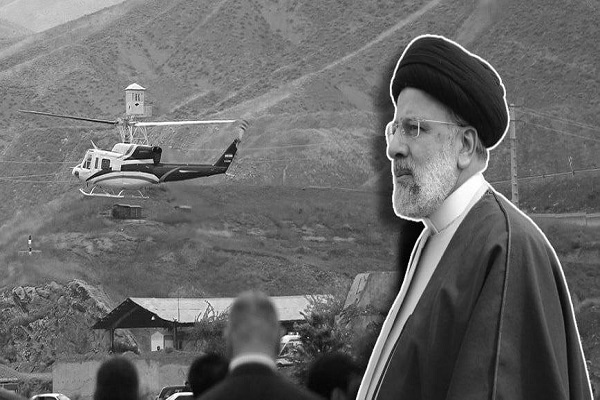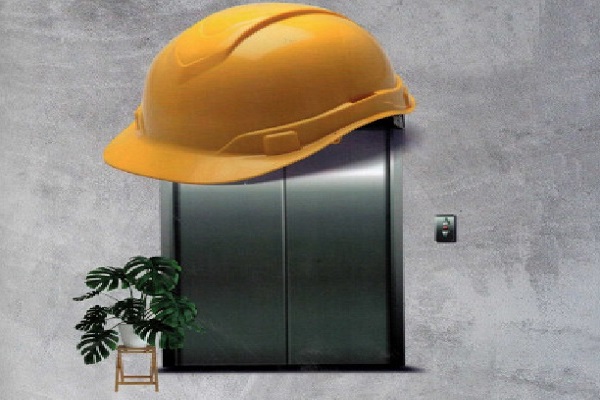توضیحات :
BEACON SAFETY MASSAGE
ایمنی فرآیند
April 2009
Be Prepared
![]()
The passengers and crew of US Airways Flight 1549 from New York City to Charlotte, North Carolina expected a routine flight on January 15, 2009. But, approximately 2 minutes after takeoff, the plane struck a flock of birds and lost power in both engines. The plane was at low altitude (about 3000 feet, 1000 meters), had no power, and was in a large urban area. There was danger, not only to passengers and crew, but to tens of thousands of people on the ground. It was time for the crew (Captain Chesley B. Sullenberger, First Officer Jeffrey B. Skiles, and Flight Attendants Sheila Dail, Doreen Welsh, and Donna Dent) to put everything they had learned from many years training and experience into practice, and quickly. The pilots determined that they could not re-start the engines, and did not have sufficient altitude to glide to any airport. Their only option was a water landing in the Hudson River. The cabin crew prepared passengers for the water landing, while the pilots prepared and flew the aircraft. They left the landing wheels retracted, and used the ditching button that closes all valves and openings underneath the aircraft to slow the rate of flooding in case of a water landing. The pilots successfully landed in the Hudson River west of mid-town Manhattan. All 150 passengers and 5 crew members safely evacuated the plane and were rescued by nearby commercial and rescue boats. The time from when the airplane struck the birds until it landed in the river was about 6 minutes! The entire crew was later awarded the Master’s Medal of the Guild of Air Pilots and Air Navigators for “a heroic and unique aviation achievement.”
What can you do?
A manufacturing process, like a modern airplane, is a complex machine. Most of the time, it works very well, but you never know when something might go wrong and you will have to respond to an emergency. You must always be prepared by understanding your plant, how it works, how it will respond to your actions, and what to do in an emergency. And, you can also understand the hazards of your plant, anticipate what might go wrong, and how you should respond.
• Take training seriously. For example, every airline flight begins with a safety awareness announcement – do you pay attention to it? Emergencies are rare, but they can happen to you. You must know how to respond. You may not have much time to decide what to do, and preparation and training are critical to proper action.
• Before starting any activity, take a few moments to think about what might go wrong, what the potential consequences are, how your equipment will react, and what you will do. If you don’t know, get help from your supervisor, and do not start the activity until you are comfortable that you understand how to respond to an emergency.
• Participate in emergency response and “table top” drills so you are better prepared.
Training and forethought prepare you for emergencies!
<< ادامه مطلب را در فایل پیوست مطالعه فرمایید >>












